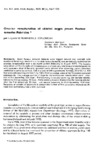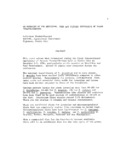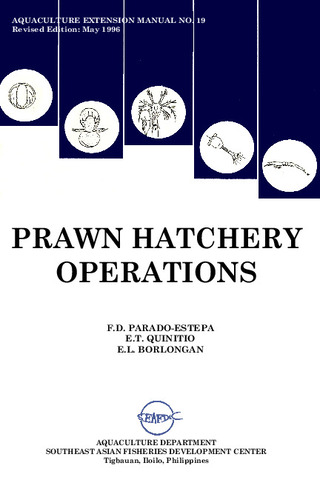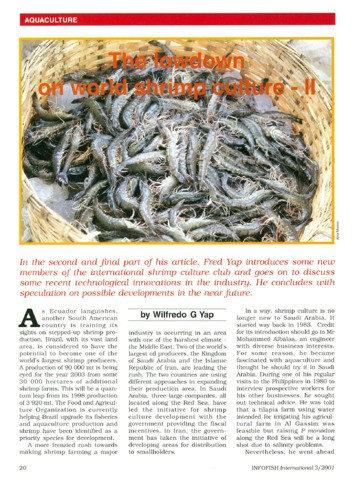Ovarian rematuration of ablated sugpo prawn Penaeus monodon Fabricius
Share
Abstract
Spent Penaeus monodon females were tagged around one eyestalk with numbered brass tags, stocked in a concrete tank with males, and periodically examined for ovarian rematuration over a six-month period (February to August, 1977). The females were either artificially-induced (ablated spawners from concrete tanks and marine pens) or wild spawners. Most of the wild spawners were ablated after spawning; some remained unablated to serve as controls. Out of a total of 349 experimental females, 35 or 10 1% had a second spawning and 5 or 1 4% a third spawning; none of the 74 controls spawned subsequently. The average number of days for maturation and rematuration were: ablation to first spawning, 22 6 days; first spawning to second spawning (for females ablated before the first spawning), 11 days; first spawning to second spawning (for females ablated after the first spawning), 15 days; and second spawning to third spawning, 10 4 days. Fecundity of rematured spawners is comparable to that of first spawners; there is insufficient data on hatching rate and fry survival.
Description
Contribution No. 17, SEAFDEC.
Suggested Citation
Primavera, J., & Borlongan, E. (1978). Ovarian rematuration of ablated sugpo prawn Penaeus monodon Fabricius. Annales de biologie animale, biochimie, biophysique , 18(4), 1067-1072. http://hdl.handle.net/10862/1010
Subject
Taxonomic term
Collections
- AQD Journal Articles [1240]
Related items
Showing items related by title, author, creator and subject.
-
An overview of the nutrition, feed and feeding techniques of prawn penaeid/shrimps
Piedad-Pascual, Felicitas (Philippine Council for Aquatic and Marine Research and Development, 1989)This paper echoes what transpired during the first International Conference of Penaeid Prawns/Shrimps held in Iloilo City in December 4-7, 1984, particularly on the Nutrition nd Feed Development. Around 25 papers were ... -
Prawn hatchery operations
Parado-Estepa, Fe D.; Quinitio, Emilia T.; Borlongan, Emeterio L. (Aquaculture Department, Southeast Asian Fisheries Development Center, 1996-05)The manual, an updated version of the 1984 SEAFDEC/AQD manual, presents the underlying principles and step-by-step instructions of prawn larval and post-larval rearing. The techniques described are not only applicable to ... -
The lowdown on world shrimp culture - II
Yap, Wilfredo G. (INFOFISH, 2001)This paper introduces some new members of the international shrimp culture club and goes on to discuss some recent technological innovations in the industry, particularly the polyculture of tilapia (mainly Oreochromis ...






